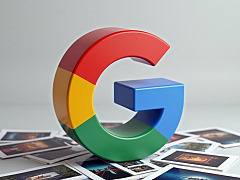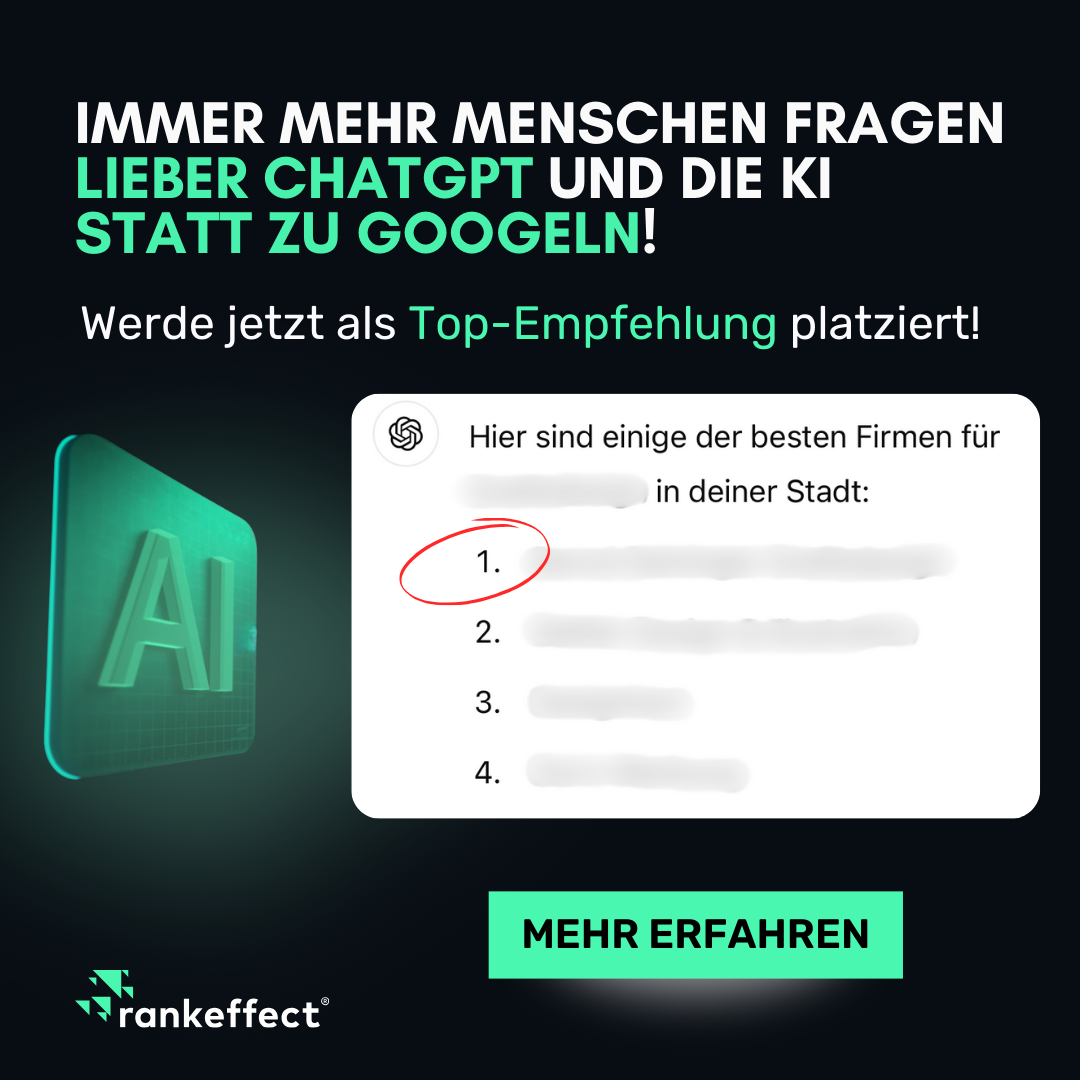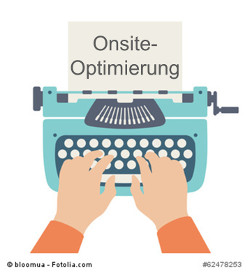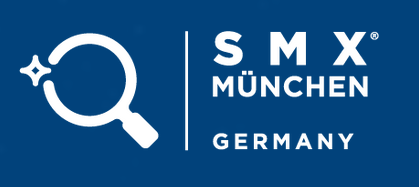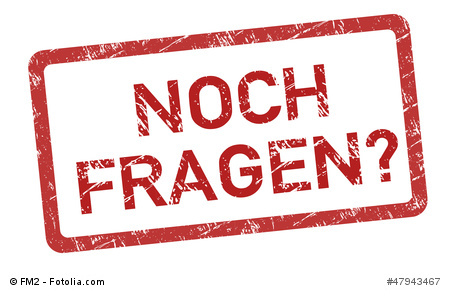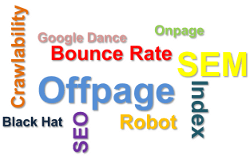
Google zeigt nur Bilder in der Suche an, deren Landing Page indexiert ist
 Damit Google ein Bild in den Suchergebnissen anzeigt, muss auch die Landing Page, auf der sich das Bild befindet, indexiert sein.
Damit Google ein Bild in den Suchergebnissen anzeigt, muss auch die Landing Page, auf der sich das Bild befindet, indexiert sein.
Google zeigt nur Bilder in der Bildersuche an, die crawlbar und indexierbar sind. Das alleine genügt aber nicht: Auch die Landing Page, auf der sich ein Bild befindet, muss indexiert sein. Das erklärte Johannes Müller in einer Antwort innerhalb des Webmaster-Hilfeformums.
Ein Nutzer hatte zuvor gefragt, warum bestimmte Bilder, die sich auf gelöschten Webseiten befinden, noch immer in den Suchergebnissen erscheinen.
Müller schrieb, sowohl das Bild selbst als auch die zugehörige Landing Page müssten indexiert sein, damit das Bild in den Suchergebnissen erscheinen könne. Sobald die Landing Page entfernt würde, könnten auch die dort enthaltenen Bilder nicht mehr angezeigt werden.
Im betreffenden Fall vermutete Müller, es gebe wohl noch weitere indexierte Seiten, auf denen sich die Bilder befinden - daher erschienen sie noch in den Suchergebnissen.
Wörtlich schrieb Müller:
"I suspect there's something not quite working as epected with your web page removal. In order for an image to be shown in Google Images, we need both the image and an associated landing page indexed. If the landing page has been removed (or temporarily hidden with the removal tool), then we wouldn't be able to show the image either. My suspicion is that there are multiple landing page URLs involved (sometimes this can be hard to spot, with subtle differences in the URLs of the pages), and one of them has been removed, but the others are still indexed. If that's the case, work to get the other landing pages removed as well, then this should result in the images also not being shown (you could also take it further and also remove the image URLs, if this is on your own website). Sometimes this takes a bit of practice, but it sounds like you've already been able to get one version removed, so you probably "just" need to focus on the exact URLs involved, and clean those up too."
Titelbild: Copyright RS-Studios - Fotolia.com
SEO-Newsletter bestellen
Verwandte Beiträge


Neuer Hinweis von Google: Für Bilder auf einer Website immer dieselbe URL verwenden
